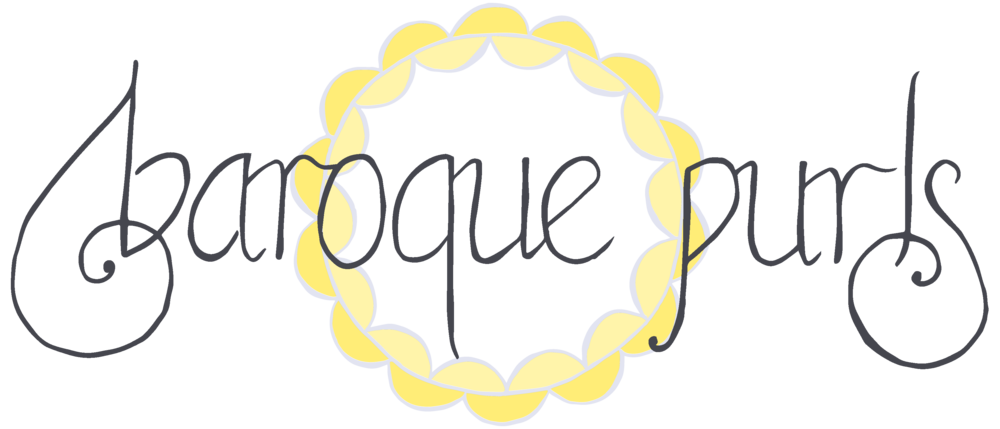After my success with two-colour brioche for the It's New To Me KAL back in October, I decided to keep up my upskilling momentum and try another new technique that I've been vaguely meaning to try for years: magic loop!
If you're not familiar with it, magic loop is a method of knitting a small circumference in the round; an alternative to using double-pointed needles (which I'm prone to dropping).
Read MoreGrafting aka Kitchener Stitch is used to seamlessly join two sets of 'live' stitches together. It's commonly used at the toe of socks knit from the top down, but it's useful for other types of project too, including cowls! Two of my cowl designs, Folia Loop and my new Aether Cowl, are knit flat and then grafted garter-stitch-style.
Grafting garter stitch is a little simpler than the better-known method for stockinette, since in this case the steps for the front needle and back needle are identical.
Read MoreA provisional cast on is a method of beginning a project using waste yarn that will be unpicked later, leaving 'live' stitches which can be loaded onto your needles for grafting. A few of my cowl patterns call for a provisional cast on: Cinnamon Stars, which is knit in the round as a long tube and then grafted, and Folia Loop and my latest Aether Cowl, which are both knit flat and then grafted.
I like the perfectly invisible graft that this technique makes possible - for me, it's well worth taking the extra trouble when casting on. My favourite provisional method is the Crochet Provisional Cast On, which involves crocheting around your knitting needle using waste yarn.
Read MoreI love a picot bind off on a shawl! The little picot-bumps along the edge add an extra dose of lacy prettiness, and it's also a nice and stretchy method, which makes it perfect to use with lace. Two of my shawl designs call for a picot bind off: Budburst and Liquid Honey.
The picots are created by casting on a few extra stitches, and then binding off normally to the place you want your next picot to be. Casting on more stitches creates a larger picot, and binding off more stitches spaces them further apart.
Read MoreHere's the situation: you've just finished knitting something with fantastic texture, either in cables or knits-and-purls, and now you need to block it. Wet-blocking, where you soak the project before laying/pinning it out to dry, can really flatten out texture, especially if you've used a yarn that doesn't 'bounce back' much once it's dry (like an alpaca or silk blend).
I had just this dilemma when I finished my Beeswax Scarf! I had wet-blocked my swatch and been disappointed by how flattened-out it was. Obviously, I was keen to try a different blocking method that would preserve more of the lovely texture!
Read More